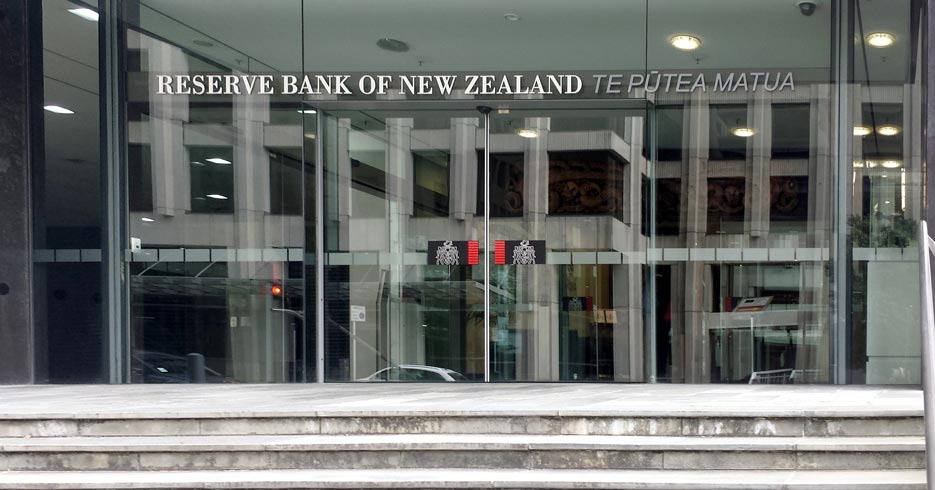The additional capital requirements imposed on the big four by the Reserve Bank of New Zealand has seen analysts downgrade their forecasted return on equity across the major institutions. Via InvestorDaily.

The Reserve Bank of New Zealand (RBNZ) has demanded the local arms of the big four raise their total capital ratio from a minimum of around 10.5 per cent to 18 per cent over the next seven years. The central bank had previously estimated that this would see a collective raise of around $19.1 billion.
Currently, banks in New Zealand hold an average of around 14.3 per cent.
According to an analysis from Morningstar, the big four’s raise will be a combined $12.4 billion (NZ$13 billion) to meet the new tier 1 capital requirements amounting to 16 per cent of risk weighted assets, versus the current 8.5 per cent.
S&P Global has placed the figure at around $15.7 billion (NZ$16.4 billion).
The changes, which come into effect from next year, have been made to protect consumers against loan losses and to prevent the banks from reaching a point of failure.
But the time frame is key, as the central bank extended it from its original proposed five years for the raise to soften any economic shocks. Morningstar said the longer period will see banks organically retaining additional capital from earnings, instead of triggering equity raisings or dividend cuts.
Analysts at the investment bank expect the Australian majors to respond to the new measures by repricing loans and deposits and by reducing exposure to higher-risk sectors and borrowers.
Further, S&P Global noted the implementation of the measures should not materially reduce the availability of credit in New Zealand, but the banks could cut lending to customer segments that would require increased regulatory capital.
“RBNZ’s initiatives strengthen bank-capital levels, which provides a greater buffer to manage a potential increase in loan losses,” the Morningstar analysis read.
It has made no changes to its earnings forecasts or valuations of the banks, however, despite expecting the summation of flat or slightly higher loan books and higher net interest margins will lead to moderately lower cash NPATs across the New Zealand divisions.
“The effect on group earnings is immaterial though,” Morningstar said.
“The drag on the banks’ returns on equity is larger.”
The assessment has predicted a reduction in return on equity for CBA by 46 basis points to 14.8 per cent, Westpac by 22 basis points to 11.4 per cent, ANZ by 16 basis points to 11.5 per cent and NAB by 36 basis points to 11.3 per cent.
S&P Global has said likewise, expecting ROE to “considerably decline”.
The Morningstar analysts also believe the major banks can maintain current dividend levels, but retaining a greater portion of New Zealand profits leaves less headroom to offset unexpected hits on earnings or capital.
Westpac and NAB have slashed their dividend payouts, and ANZ cut its dividend franking level recently, reflecting impacts on profit from unexpected remediation.
ANZ in particular is raising capital at the group level to meet the RBNZ rules, holding a larger investment in its New Zealand division than the other banks.
S&P Global stated that if APRA’s recently proposed capital levels for the banks’ investment into their banking subsidiaries is introduced, ANZ will be further affected.
None of the other banks have indicated any intention to raise capital, but the possibility remains in the future.
“Seven years is a long time, and this view will need to be reviewed as the banks’ strategic response takes shape,” the Morningstar analysts stated.
“The New Zealand operations of the banks will remain highly profitable despite the additional capital, hence we do not expect a divestment to be on the cards.”
